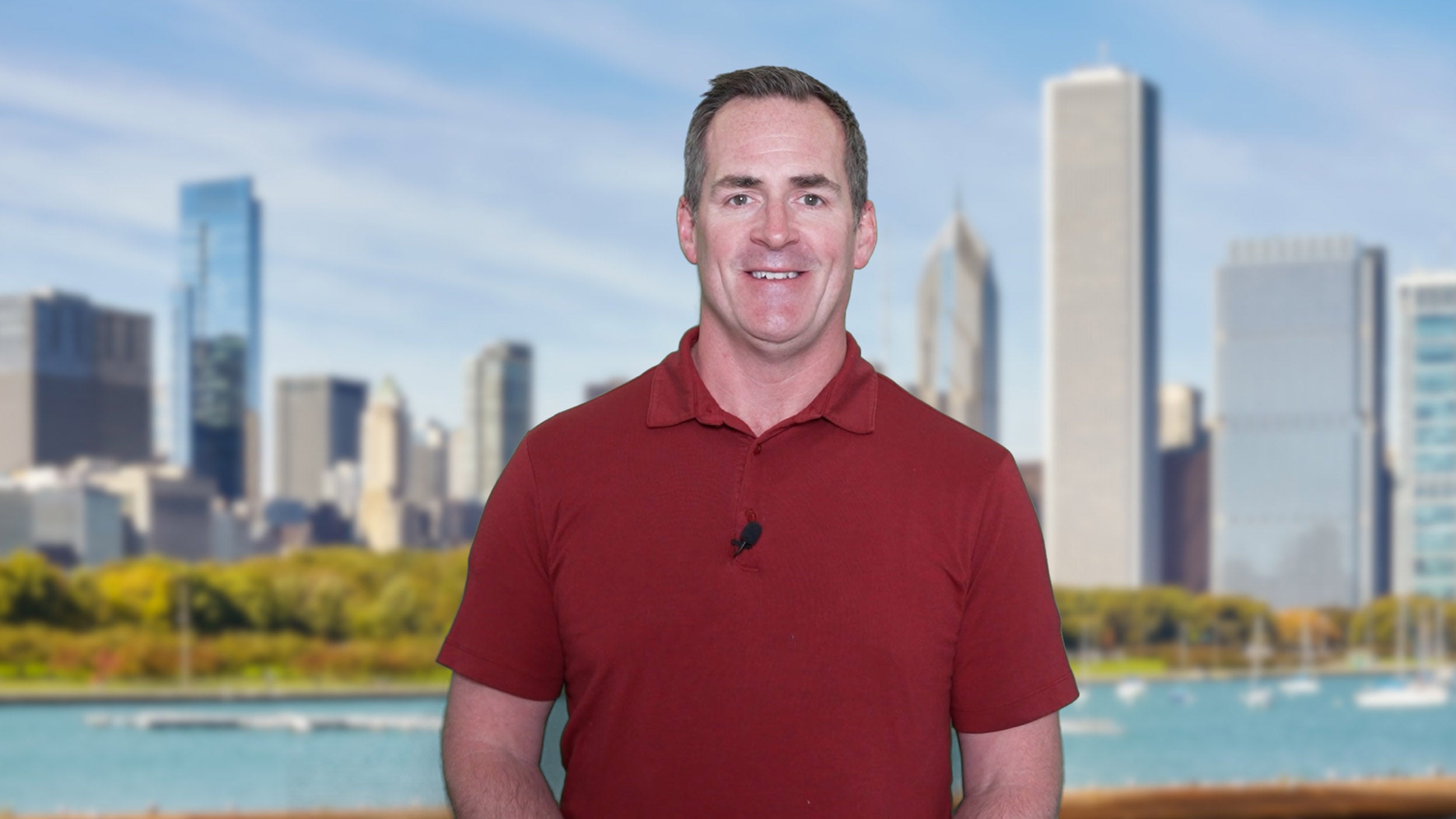
ETF Active ETFs give investors more ways to tailor their portfolios
Active ETFs launches have far outpaced new index-based strategies so far in 2025, accompanied by a surge in investor flows.

Help your clients keep more of what they earn by minimizing capital gains and taking advantage of tax loss harvesting.
A donor-advised fund (DAF) can be opened now and funded later to give them time to think about what they want to donate.
Demonstrate your value with an after-tax check-in with a pre-meeting checklist, agenda, and client-centered opener.
Now that the April 15 tax deadline has passed, it’s a good time to touch base with clients who’ve filed their returns to discuss ways to save on taxes versus waiting until later in the year. Strengthen your role as a trusted advisor by proactively helping clients navigate investment-related taxes, unlock charitable opportunities, and feel confident they’re on the right track. Here are three things to keep in mind.
Minimize capital gains: Help your clients keep more of what they earn by minimizing capital gains. Keep the two types of capital gains in mind: Investor-driven, which may occur when selling an investment, and fund-driven, when a fund distributes capital gains to shareholders. One idea to consider is equity exchange-traded funds (ETFs). In some instances, ETFs may distribute capital gains, but these have been few and far between due to the ETF creation and redemption process.
Implement tax-loss harvesting strategies: Tax-loss harvesting can make sense at any time of year. It involves selling underperforming investments and using the losses to offset gains from other investments or ordinary income. Even if you sell an investment to harvest the loss, you can still maintain exposure to the asset class or investment type by swapping it to an ETF. This may allow your clients to stay invested in a similar exposure without violating the IRS wash-sale rule. Challenging markets may present an opportunity to take a loss.
Get ETF product ideas.
One approach to consider is a donor-advised fund (DAF), which can help reduce taxes and enhance their charitable impact. A DAF is a personalized account created to manage and distribute charitable donations on behalf of an organization, family, or individual. Contributions are immediately tax-deductible, providing significant 2025 tax benefits while giving clients the flexibility to plan their charitable giving over time. It’s a win-win for both financial and philanthropic goals.
“Starting the DAF conversation now makes it feel more thoughtful and less calendar-driven,” says Jordan Richardson, charitable strategist at Ren, a provider of philanthropic giving programs. “Clients don’t have to wait until year-end to think about charitable giving. If they’re unsure how much they’ll want to contribute to a DAF this year, they can start modestly, then reassess as their tax picture becomes clearer.”
He adds, “Once the DAF is in place, contributing is simple and can be done multiple times a year and throughout a lifetime.”
To explore how DAFs can fit into your clients’ tax strategy this year, visit Ren’s Advisor Resource Center.
Leverage this time of the year as an opportunity to have conversations about what worked or didn’t work with last year’s taxes. Jordan Richardson suggests three questions to consider pertaining to charitable giving.
1. Could the client have been more efficient?
If their taxes seemed high, a charitable deduction, or a larger one, can be a solution. For example, starting the process of creating and funding a donor-advised fund (DAF) now means it’s ready to for charitable deductions for the year. Plus, once it’s in place, it can receive contributions at any time and allow clients to decide what to do with the charitable dollars without rushing.
2. Were there more charitable opportunities?
A review of last year’s giving can help clients identify more opportunities for making a difference for the causes and organizations they care about. At the same time, a review of tax filings may reveal a greater capacity for giving, which means a greater opportunity for impact.
3. Is their tax situation changing?
Is the client expecting to have a higher income? Sell a business? Have a child? Retire? If so, it’s a good idea to address things that may affect their 2025 taxes and to consider how charitable planning may help reduce them. It can help clients plan ahead and be more effective and efficient with their charitable giving.
A client review is an opportunity to demonstrate your value and worth. Make sure they do. Invesco Global Consulting (IGC) asked 1,000 investors,1 “Overall, how satisfied are you with the review meetings you have with your financial professional?” The answer: 79% were dissatisfied with review meetings. IGC then asked what could make them better. The No. 1 response: Mutual preparation and getting the documents in advance of my meeting. The No. 2 response: Have a definite goal and purpose for the meeting.
IGC has straightforward solutions for these client requests. First, a simple pre-meeting checklist that sums up life changes, service satisfaction, investment satisfaction, financial planning, and financial services. It shows that you put some time and effort into the meeting. Also, create and share an agenda before the meeting and make sure to ask in the beginning, “Before we get started, is there anything I’ve missed or you would like to cover? If not, we can get started right away.” Then, one last thing clients suggested: A follow-up summary letter of your meeting and the next steps will show that “you actually listened.” Learn more about how to demonstrate your worth to your clients.
With contributions from Ren

Active ETFs launches have far outpaced new index-based strategies so far in 2025, accompanied by a surge in investor flows.

Generally strong earnings, growth potential driven by artificial intelligence (AI), and recent regulatory changes are positives for banks.

Invesco BKLN and ICLO ETFs can offer relatively high income and low duration with distinct senior loan and risk approaches. See which aligns with your strategy.
Important information
NA4444277
Image: kate_sept2004 / Getty
All investing involves risk, including the risk of loss.
Past performance does not guarantee future results.
Investments cannot be made directly in an index.
This does not constitute a recommendation of any investment strategy or product for a particular investor. Investors should consult a financial professional before making any investment decisions.
Invesco does not provide tax advice. Investors should always consult their own legal or tax professional for information concerning their individual situation.
There are risks involved with investing in ETFs, including possible loss of money. Index-based ETFs are not actively managed. Actively managed ETFs do not necessarily seek to replicate the performance of a specified index. Both index-based and actively managed ETFs are subject to risks similar to stocks, including those related to short selling and margin maintenance. Ordinary brokerage commissions apply. The Fund's return may not match the return of the Index. The Funds are subject to certain other risks. Please see the current prospectus for more information regarding the risk associated with an investment in the Funds.
If you sell a security and harvest a tax loss on that sale, the Internal Revenue Service (IRS) wash sale rule prohibits you from buying a “substantially identical” security within 30 days before or after the sale of your losing investment.
A donor-advised fund is a private account created to manage and distribute charitable donations on behalf of an organization, family, or individual.
Invesco does not provide tax advice. Investors should always consult their own legal or tax professional for information concerning their individual situation.
The opinions referenced above are those of the author as of May 1, 2025. These comments should not be construed as recommendations, but as an illustration of broader themes. Forward-looking statements are not guarantees of future results. They involve risks, uncertainties, and assumptions; there can be no assurance that actual results will not differ materially from expectations.
Invesco Distributors, Inc. is not affiliated with Ren.
This link takes you to a site not affiliated with Invesco. The site is for informational purposes only. Invesco does not guarantee nor take any responsibility for any of the content.